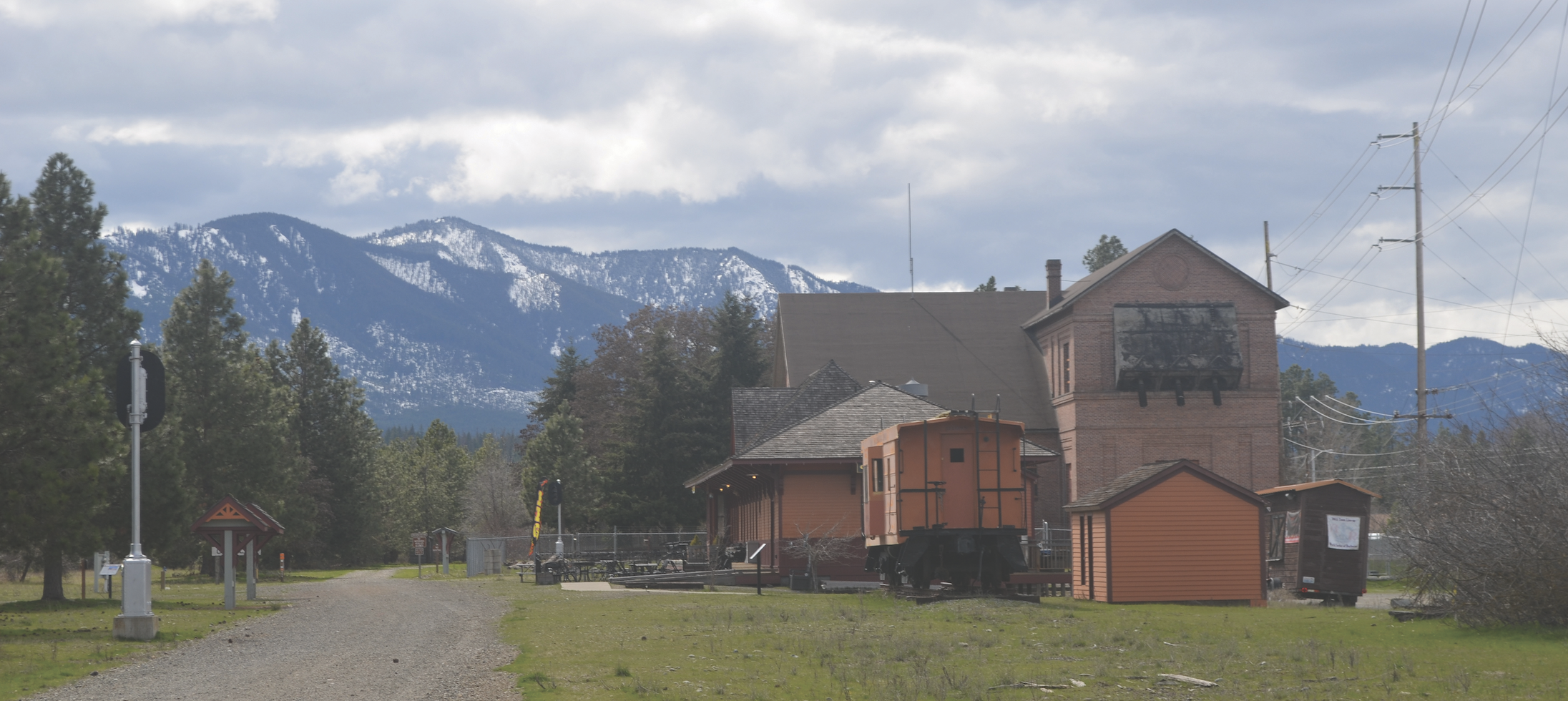
South Cle Elum Keeps on Keeping On
Nicole Hardina, author of Little Washington, recounts the history of South Cle Elum, a town where the eastern slopes of the Cascade Mountains are visible from anywhere.
In the 1880s, railroad surveyors heard about the coal deposits in Roslyn, and within a year the Northern Pacific Railroad was running through Hellensburg. A few years later, they’d tunneled through Stampede Pass, and the Kittitas Valley had a rail connection to Puget Sound. Northern Pacific established a depot in Cle Elum, on the north side of the Cle Elum river. The discovery of gold in the Swauk Creek area increased migration to the valley generally, and Ellensburg was stumping to be the state capital. Even as mining explosions and labor wars complicated the burgeoning developments, another railroad sought to establish itself.
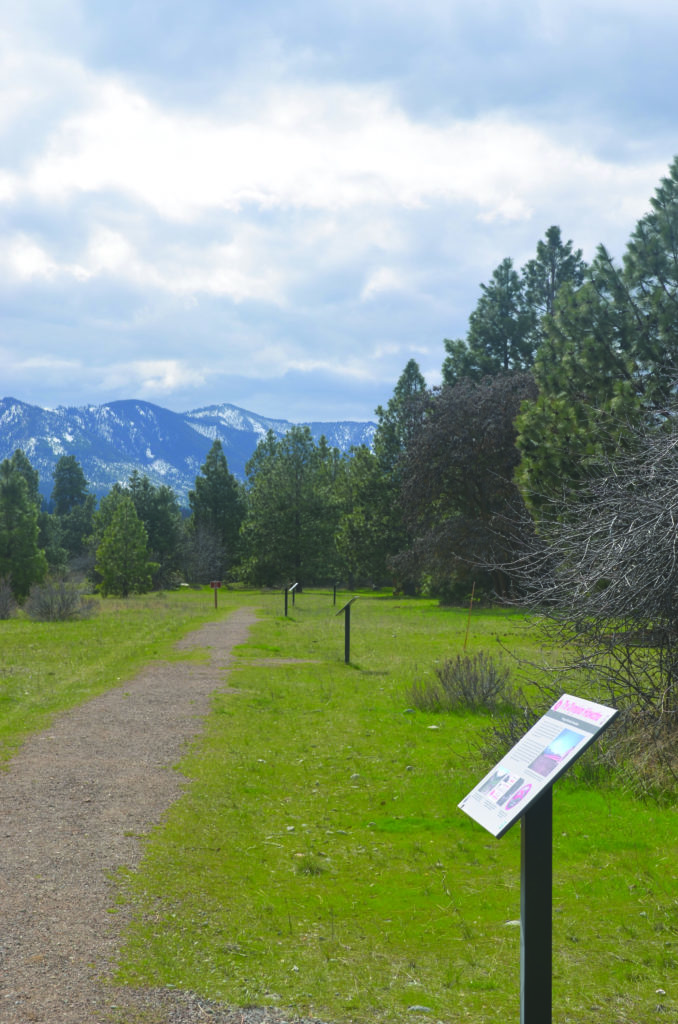
The Chicago, Milwaukee & St. Paul railroad, often referred to as the Milwaukee Road, arrived in Kittitas County in 1909, platting the town of Kittitas in advance and bringing with them new residents and businesses. With the Milwaukee looking to chase Northern Pacific across the mountains, Samuel Packwood, a Civil War veteran and former Kittitas County commissioner and sheriff, platted South Cle Elum on the south side of the river. Cle Elum incorporated in 1911, three years after the Milwaukee Railroad set up a depot, round-house, workers’ housing, and maintenance facilities. The Milwaukee blasted six tunnels through Kittitas, including the 12,000-foot tunnel at Snoqualmie Pass, and laid more than 100 miles of track.
The Milwaukee developed more quickly than other railroads had, taking advantage of newly mechanized equipment like steam shovels. South Cle Elum populated gradually, though some note that it never stood a chance of matching Cle Elum’s success. By 1920, the year of its first census, South Cle Elum had about a quarter of the population of Cle Elum, with whom it shared a water supply and school system.
The Milwaukee was fully electric by 1918 and continued operating until 1980. At one time, it had a majority of the business running east from the port of Seattle, and it carried passengers from Chicago to Seattle in 45 hours. Meanwhile, in 1915, the long-planned Sunset Highway opened to automobile traffic across Snoqualmie Pass. Governor Ernest Lister said the moment was more important than the railroad’s arrival in Seattle decades prior.
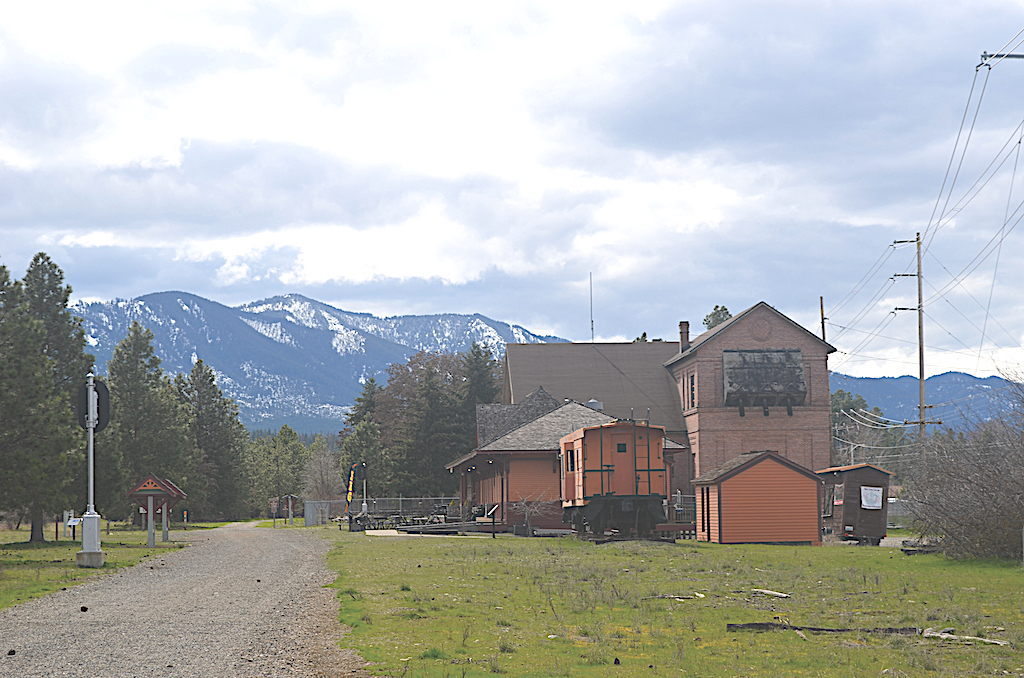
His words quickly proved true. Federal funds for a road system increased. By the 1930s, travelers took the road instead of the Milwaukee to go skiing at the summit of Snoqualmie. In the 1970s, railroad mergers presented insurmountable competition to the Milwaukee, and the line closed for good in 1980. Today, the old Milwaukee Road is accessible on foot, bicycle, and horseback as part of the Palouse to Cascade trail, also known as the iron Horse trail and the John Wayne Pioneer trail.
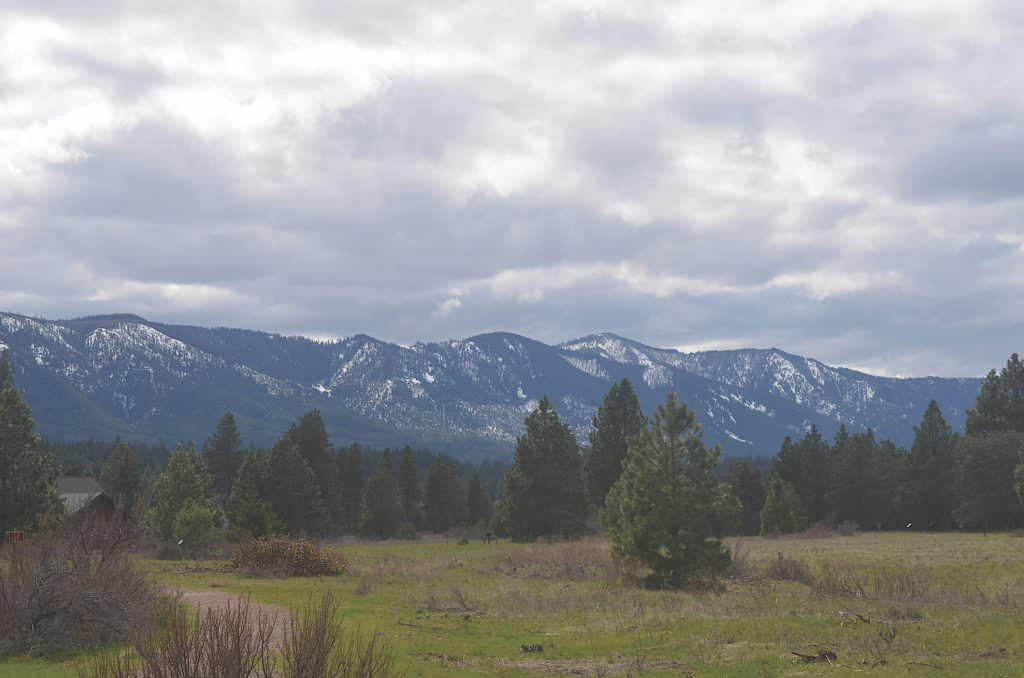
Missionaries in the Valley
The presence of missionaries in the Pacific Northwest in the mid-19th century stems from this apocryphal story. Reportedly, the Nez Perce, on encountering Lewis and Clark, showed interest in learning about the men’s religion. In response, Christian groups began sending missionaries west.
In 1852, Catholic priests Louis d’Herbomez and Charles Pandosy started the St. Joseph mission near Ahtanum Creek in the Yakima Valley. The mission shared a location with Yakama Chief Kamiakin’s seasonal camp. Kamiakin worked with the priests to establish the mission and use the land for agriculture. He allowed the priests to baptize his children, which spurred other Yakama people to follow. The priests exchanged language with the Yakama as well. A few years later, their relationship soured as white settlers, miners, and the northern Pacific Railroad began exerting increasing pressure on the Yakama land and on their lives. Soldiers stationed at Fort Vancouver came to the area and assumed the Catholics were helping the Yakama. The soldiers burned the mission and the nearby Holy Cross mission. By 1858, the priests representing the order of the oblates of Mary Immaculate had left, some through Kittitas Valley and over the Cascades to Puget sound.
The history of white religious incursion on Indigenous cultures is infinitely complex. One small facet of the story is that in the mid-19th century Pacific Northwest, missionaries frequently mediated between native peoples and the US government. Both the church and government wanted to—and did—drastically change Indigenous lives. Sometimes, when the government failed, the church succeeded.
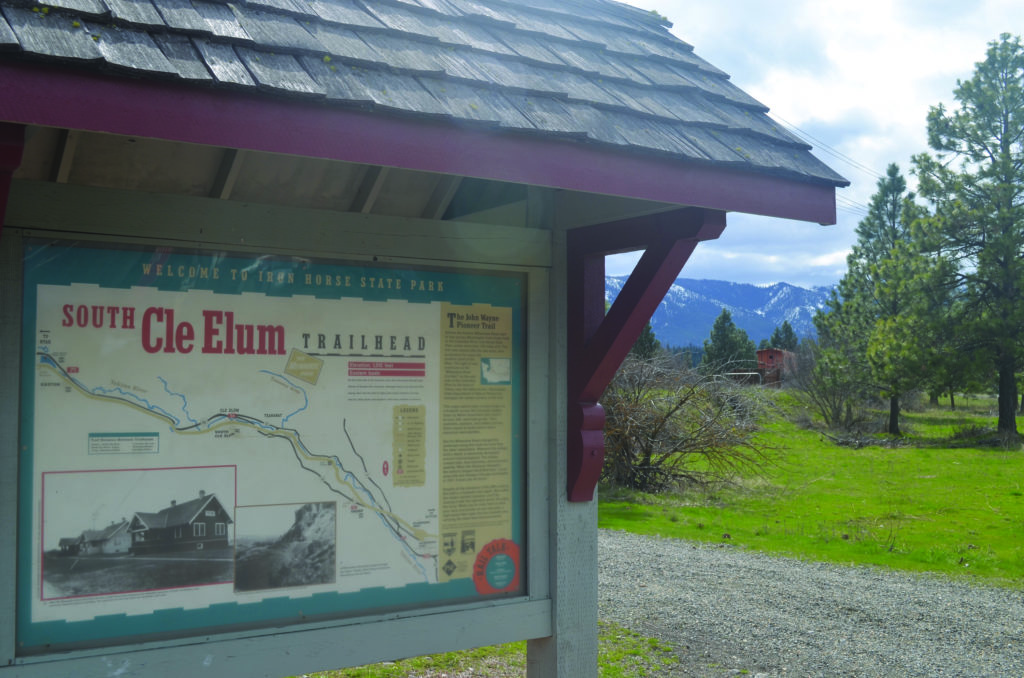
South-Going Zaxes?
In The Zax, by Dr. Seuss, two groups of very similar people do their best to remain separate. One day, a north-going Zax crosses paths with a south- going Zax, and neither will move out of the other’s way. This doesn’t quite describe the relationship between South Cle Elum and its sister city across the river, but they haven’t always agreed.
The two towns have considered combining a number of times, but voters in South Cle Elum have always chosen to remain independent. The towns share some services, such as policing, sewer, and water, but South Cle Elum has “[its] own mayor, city council, and zip code,” as iron Horse Bed and Breakfast owner Mary Pittis notes. Mayor Jim DeVere reinforced the division between the towns’ identities, saying, “It’s different generations, different solutions . . . it just happened to shake out that way.”
South Cle Elum keeps on keeping on. The Milwaukee depot sat empty for decades until a volunteer organization formed to restore it. In 1999, the state bought the land and buildings, as well as the railbed, which it transformed into Iron Horse State Park. the Cascade Rail Foundation pitched in on the restoration, and today, the depot holds a museum and a restaurant.
In the Seuss classic, the south-going Zax had a rule: never budge! In the end, the world grew around the Zax. “The world grew. In a couple of years, the new highway came through.” One supposes the Zax are still there, toe-to-toe on the prairie of Prax.
If you enjoyed this post, sign up for our newsletter now! Find out all about Little Washington here.


